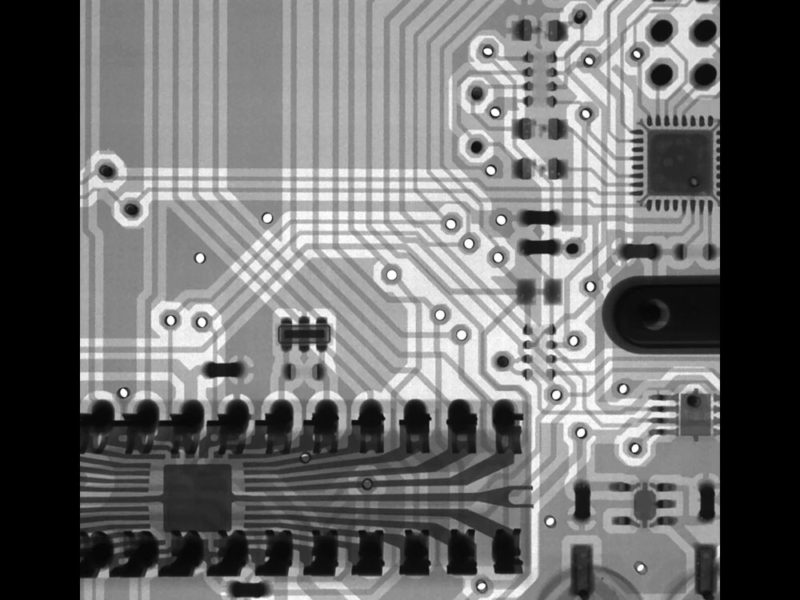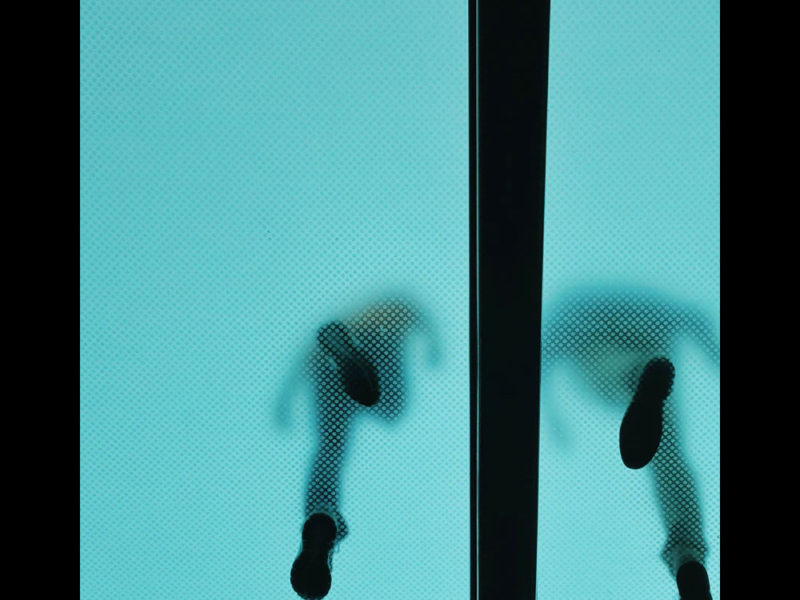
Entropy and Design Innovation
Entropy is a measure of the degree of chaos/disorder in a system.
When applied to physical substances, it can be said that a solid has the least entropy, as its particles are arranged in a fixed order, whereas a gas has the most entropy with its particles free to move in a seemingly chaotic manner.
SO ENTROPY CAN ALSO BE DESCRIBED AS THE AMOUNT OF FREEDOM THAT THE PARTICLES IN A SYSTEM HAVE TO MOVE WITHIN ITS TERRITORY.
But according to the second law of thermodynamics, a system that is isolated from exterior influences tends to gradually move into equilibrium, meaning that differences within the composition of the system tend to even out through time.
This process will increase the entropy within the system reaching a maximum at the state of equilibrium, which is also the state of maximum chaos/disorder within the system. For example, a room would naturally get messier not more ordered with time, things decay and disintegrate and do not rebuild themselves spontaneously into ordered systems.
IT TAKES ENERGY AND EFFORT TO BE PUT INTO ANY SYSTEM TO MAINTAIN ITS ORDER AND CONTROL ITS ENTROPY.
When a new exterior influence is introduced into an ordered low entropy system, the system will have a tendency to reject the novelty as it will be difficult to integrate within the order. Whereas in a high entropy system with more freedom, this novelty is likely to have a noticeable impact on the fragile equilibrium of the system.
It will shake the structure to change its composition before settling into a new equilibrium that is permanently different from the initial one. When a drop of color is added on a sheet of glass, the sheet of glass with a very ordered and rigid structure is unlikely to change composition because of that drop. But when the same drop is added to a sheet of water, the drop will interact and infiltrate the water until it changes its color into a unified shade.
WHAT DISTINGUISHES LIVING FROM NON-LIVING SYSTEMS IS THAT LIVING SYSTEMS FUNCTION UNDER NON-EQUILIBRIUM CONDITIONS.
Meaning that they are dissipative systems that are in a continuous state of energy processing through ingesting sources of energy and exerting it in an impactful manner to their surrounding environment.
This process is what drives growth and development in any living system, and it is referred to as metabolism. And when we say living systems we may mean the biological like humans and animals and plants or the non-biological like machines, robots, and institutions.
In order for athletes to increase their physical growth and performance, they need to train hard and eat well to grow the muscles that are the primary engine for metabolism. And in order for thinkers and innovators to increase their mental performance, they need to increase their intellectual metabolism.
This is only possible by constantly challenging the mind through experimentation and exploration, and constantly feeding it with knowledge, information, and exterior influences.
THE CREATIVE MIND IS A DISSIPATIVE SYSTEM, AND DISSIPATIVE SYSTEMS CAN ONLY SURVIVE THROUGH GROWTH.
A living system cannot stay static without growth, the moment it stops growing it starts to disintegrate much like a closed isolated system in the second law of thermodynamics. And a mind that is not constantly growing will naturally decay into a state of equilibrium, where no innovation is possible.
This is why we are constantly questioning, exploring, and experimenting. In a quest to make change, we doubt the status quo, we introduce novel parts into our designs, and we seek new sources of knowledge. In every project or design endeavor we shake the equilibrium by dropping new ideas, much like a drop of color in water. And we constantly grow the company with new people, new technologies, and novel tools. We work hard to remain in non-equilibrium, to grow, to create meaning, craft experiences, and show impact.
Read full article on ->Complexity Labs





